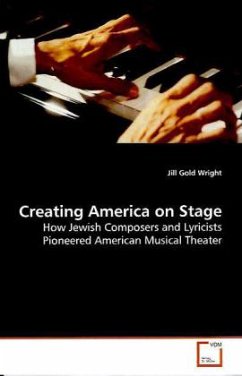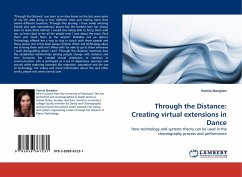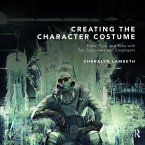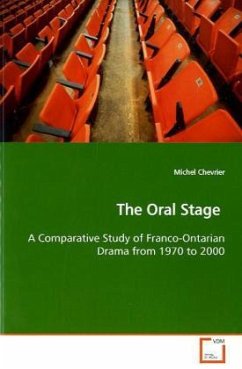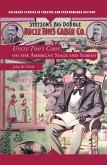Musical theater has long suffered the reputation of
being unrealistic
and unsophisticated with no real social significance.
However,
musical theater has been an integral part of American
culture since
the early Twentieth Century. Specifically, it was
Jewish composers
and lyricists who created and defined America on
stage. These
writers were immigrants themselves, came from
immigrant families,
or grew up as second-generation Jews in a land
troubled by anti-
Semitism; still, they were the ones who considered
America a
worthwhile topic for the stage. This book defines the
unique
attributes of Jewish music and lyrics, focusing on
the major works
of Irving Berlin, Jerome Kern, George and Ira
Gershwin, Richard
Rodgers and Oscar Hammerstein II. Embedding
condemnations of
America s social weaknesses into natural images of
the landscape,
they created a revolutionary depiction of America for
the musical
stage. Especially useful for scholars of American
Studies, Jewish
Studies, Drama, Music, and Popular Culture, and for
Broadway
aficionados, this book illustrates how what was
initially considered
mere casual entertainment actually became a
renaissance in
American theater.
being unrealistic
and unsophisticated with no real social significance.
However,
musical theater has been an integral part of American
culture since
the early Twentieth Century. Specifically, it was
Jewish composers
and lyricists who created and defined America on
stage. These
writers were immigrants themselves, came from
immigrant families,
or grew up as second-generation Jews in a land
troubled by anti-
Semitism; still, they were the ones who considered
America a
worthwhile topic for the stage. This book defines the
unique
attributes of Jewish music and lyrics, focusing on
the major works
of Irving Berlin, Jerome Kern, George and Ira
Gershwin, Richard
Rodgers and Oscar Hammerstein II. Embedding
condemnations of
America s social weaknesses into natural images of
the landscape,
they created a revolutionary depiction of America for
the musical
stage. Especially useful for scholars of American
Studies, Jewish
Studies, Drama, Music, and Popular Culture, and for
Broadway
aficionados, this book illustrates how what was
initially considered
mere casual entertainment actually became a
renaissance in
American theater.

